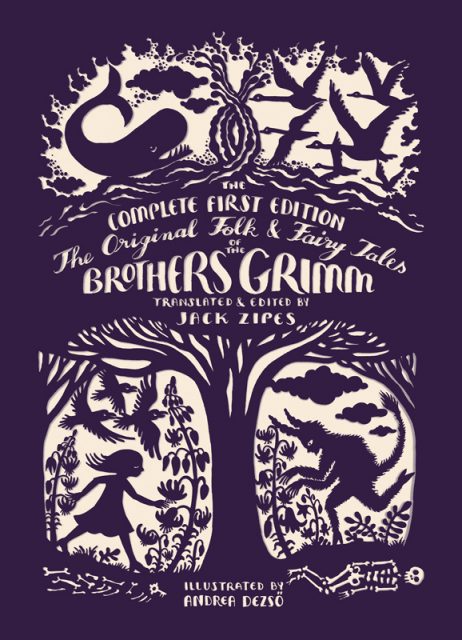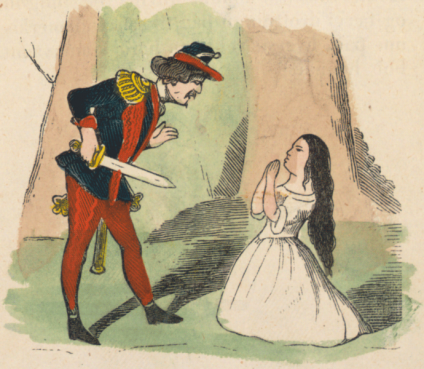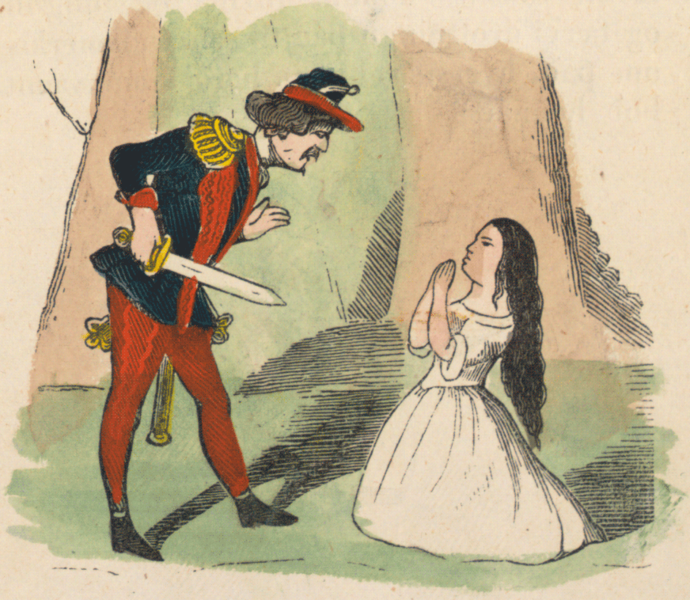
Jacket cover of “The Original Folk and Fairy Tales of the Brothers Grimm: The Complete First Edition” by Jacob and Wilhelm Grimm, translated by Jack Zipes. Photo courtesy of Princeton University Press
(RNS) Grimm Brothers fairy tales, in their original telling, were actually pretty … um, grim. Now a new translation, hailed as a blow against censorship, is proving it anew.
In yet another example of Western culture turning out to be darker and more horrifying than we knew, Princeton University Press has just published a new English translation of the original 165 stories collected by Jacob and Wilhelm Grimm, which was first published in German in 1812.
Gruesome does not begin to describe many of the stories in “The Original Folk and Fairy Tales of the Brothers Grimm: The Complete First Edition” ($35), according to The Guardian, which interviewed the translator/author, Jack Zipes, professor emeritus of German and comparative literature at the University of Minnesota.
The Grimms had tasked themselves with rewriting (read: censoring) stories that originally bubbled up from the European masses over centuries of oral tradition. They threw out the fairies, added in Christian elements, deleted anything that might offend a middle-class religious sensibility, and generally prettified them into stories that upstanding and puritanical Germans could read to their kids.
Their seventh edition, the one best known today, was published in 1857.
There was a lot to bowdlerize: Clueless Rapunzel was impregnated by her prince. Evil mothers (not stepmothers) in the tales of Snow White and Hansel and Gretel plot to kill the children. Another mother is so hungry she plans to kill and eat her daughters in order to survive.
In another story, a little boy playing at being a butcher kills his little brother, and is then stabbed by his mother, who leaves another child in the bath to drown and then hangs herself in despair. And when daddy gets home, he’s so despondent he dies, too.

An illustration from page 7 of Mjallhvít (Snow White) an 1852 icelandic translation of the Grimm-version fairytale.
Murderous moms? No, no, no — not for the mother-worshiping Grimm brothers.
“The original edition was not published for children or general readers,” Zipes told The Guardian. “It was only after the Grimms published two editions primarily for adults that they changed their attitude and decided to produce a shorter edition for middle-class families.”
Zepes says the original stories are “more brusque, dynamic and scintillating,” retaining the “pungent and naive flavor of the oral tradition.”
But they’re still suitable for bedtime stories, he says.
“It is time for parents and publishers to stop dumbing down the Grimms’ tales for children,” he told The Guardian. “If there is anything offensive, readers can decide what to read for themselves. We do not need puritanical censors to tell us what is good or bad for us.”
(Maria Puente writes for USA Today)
KRE END PUENTE





